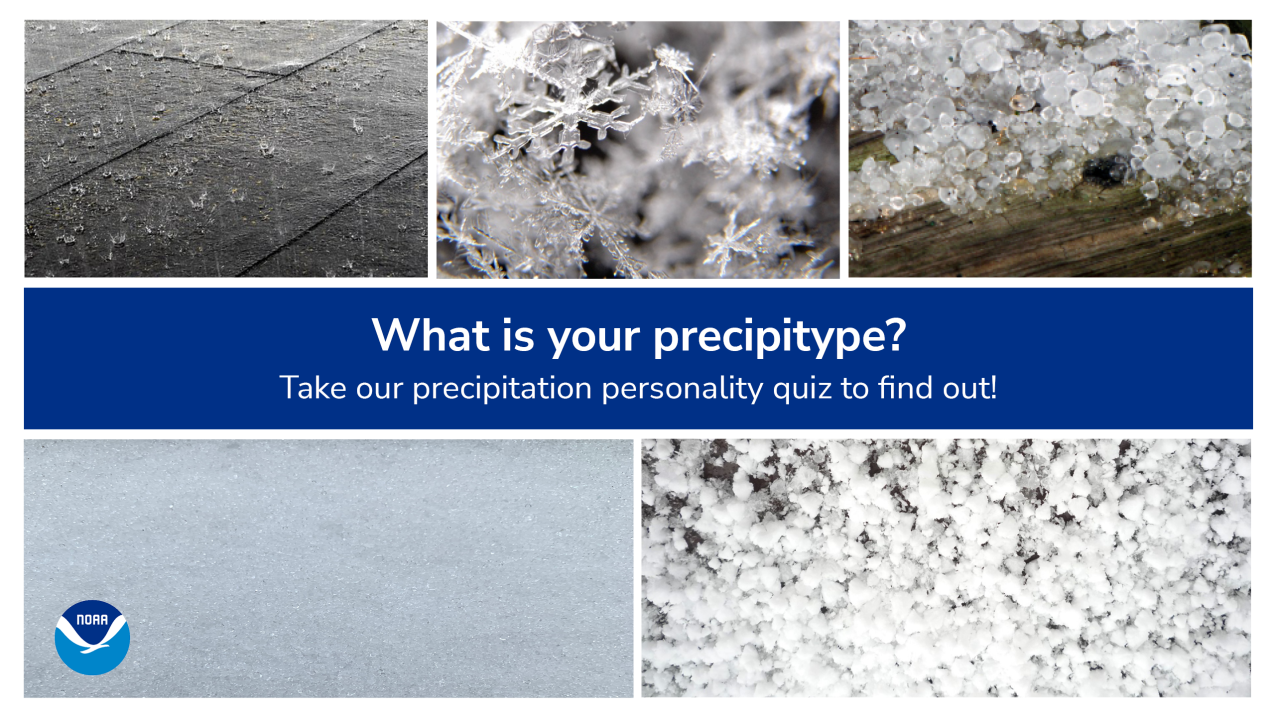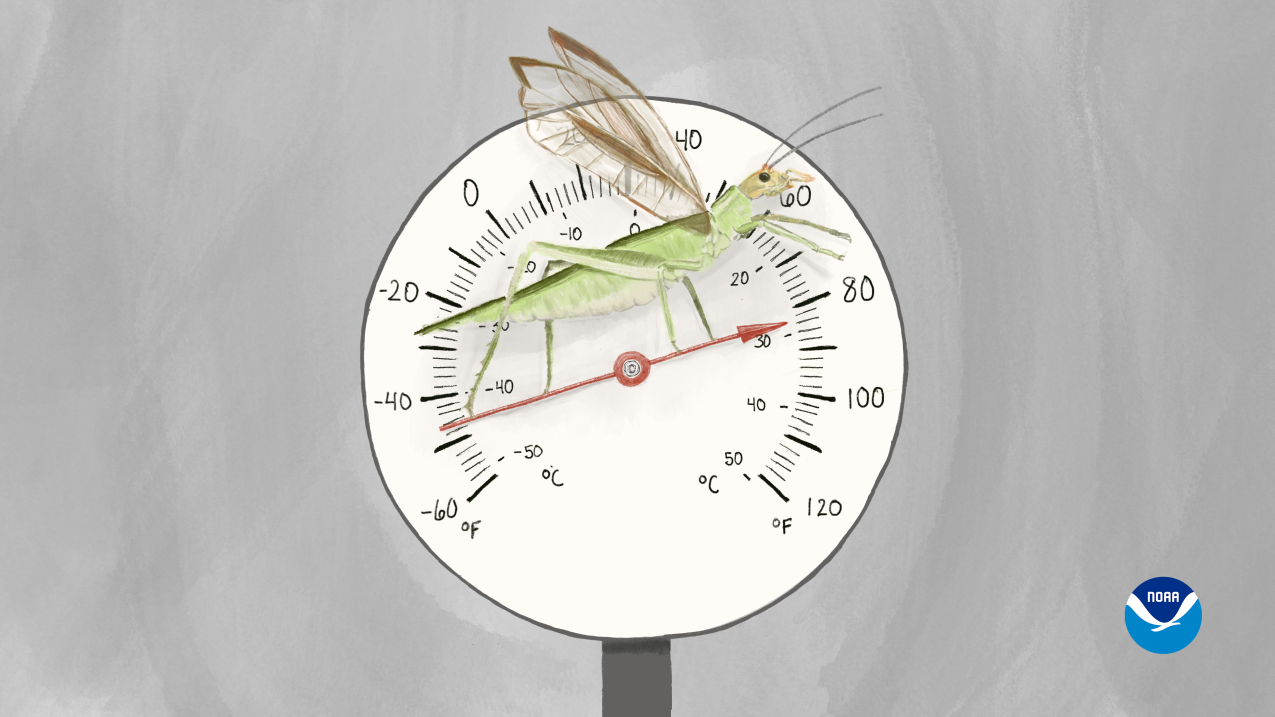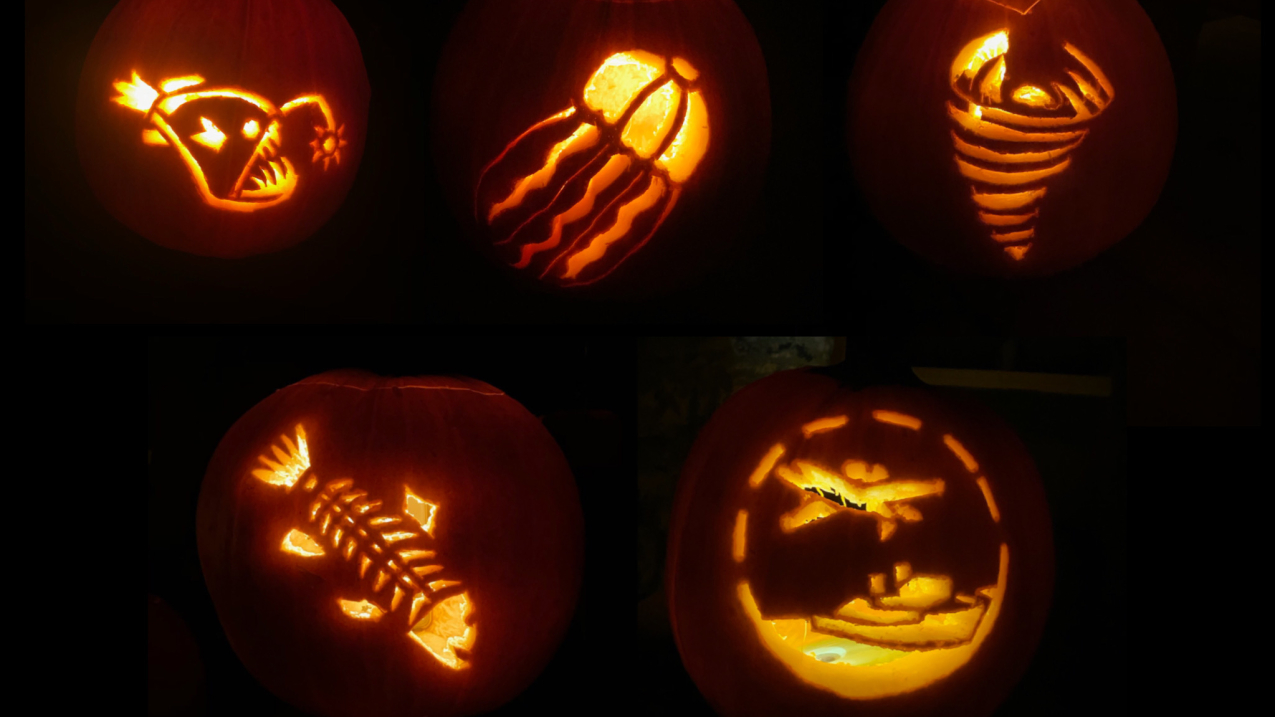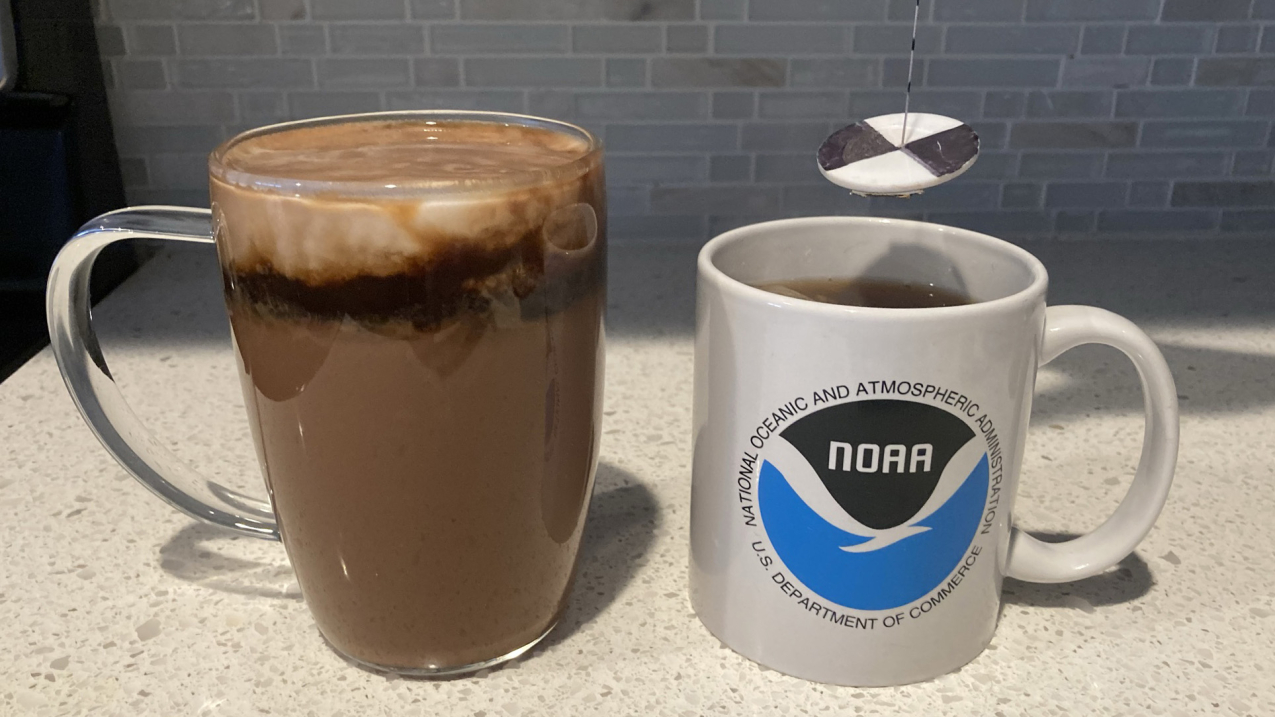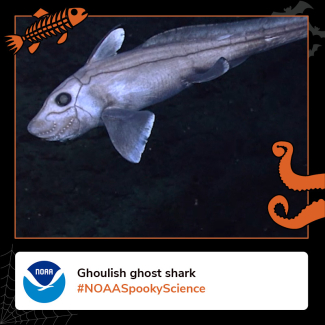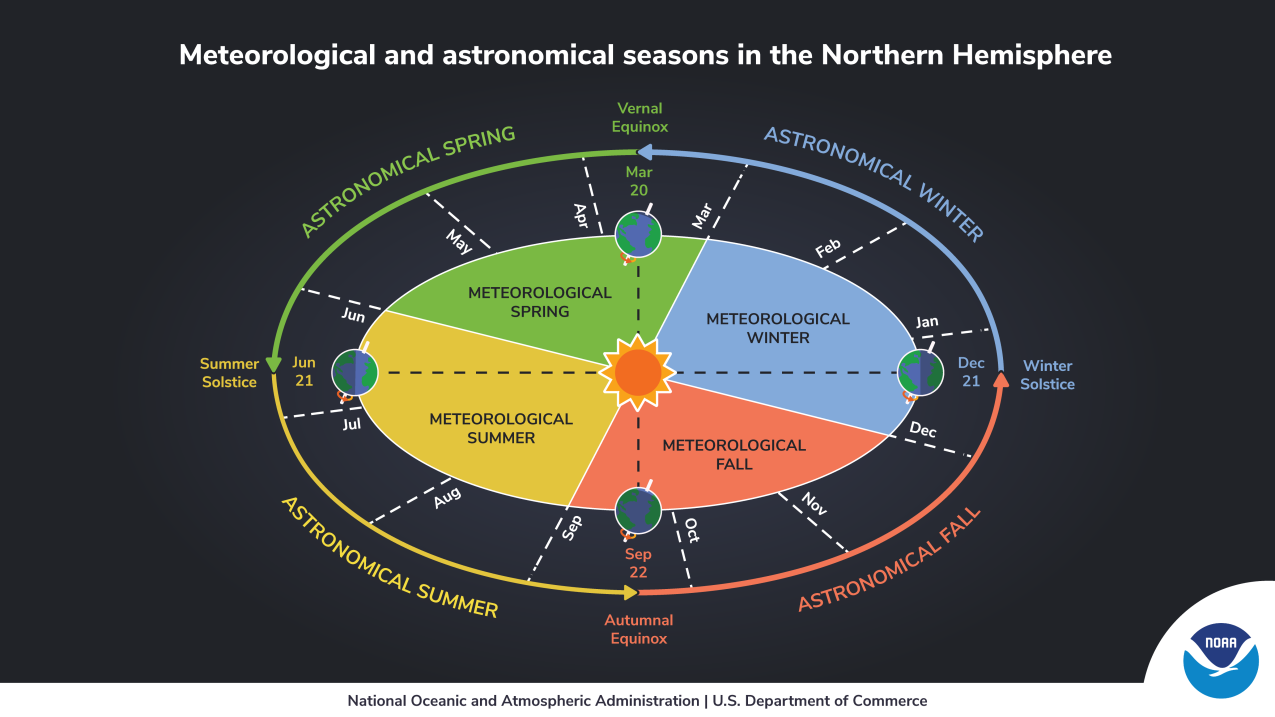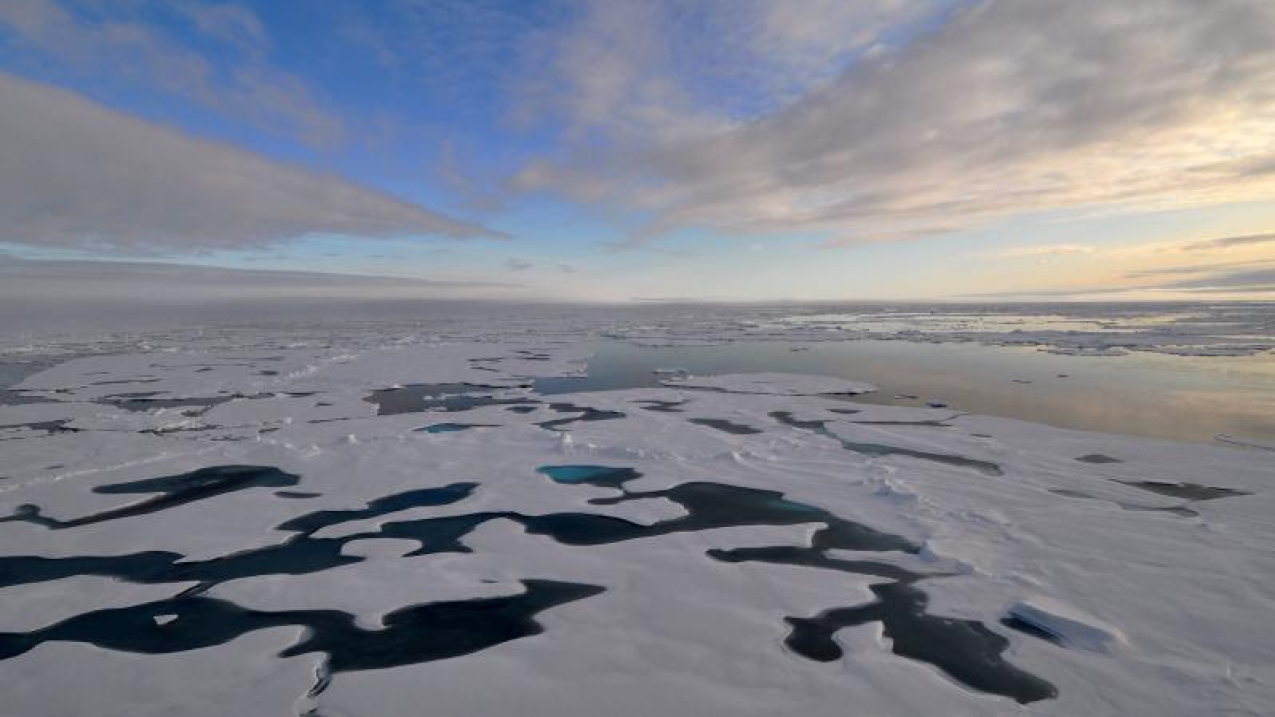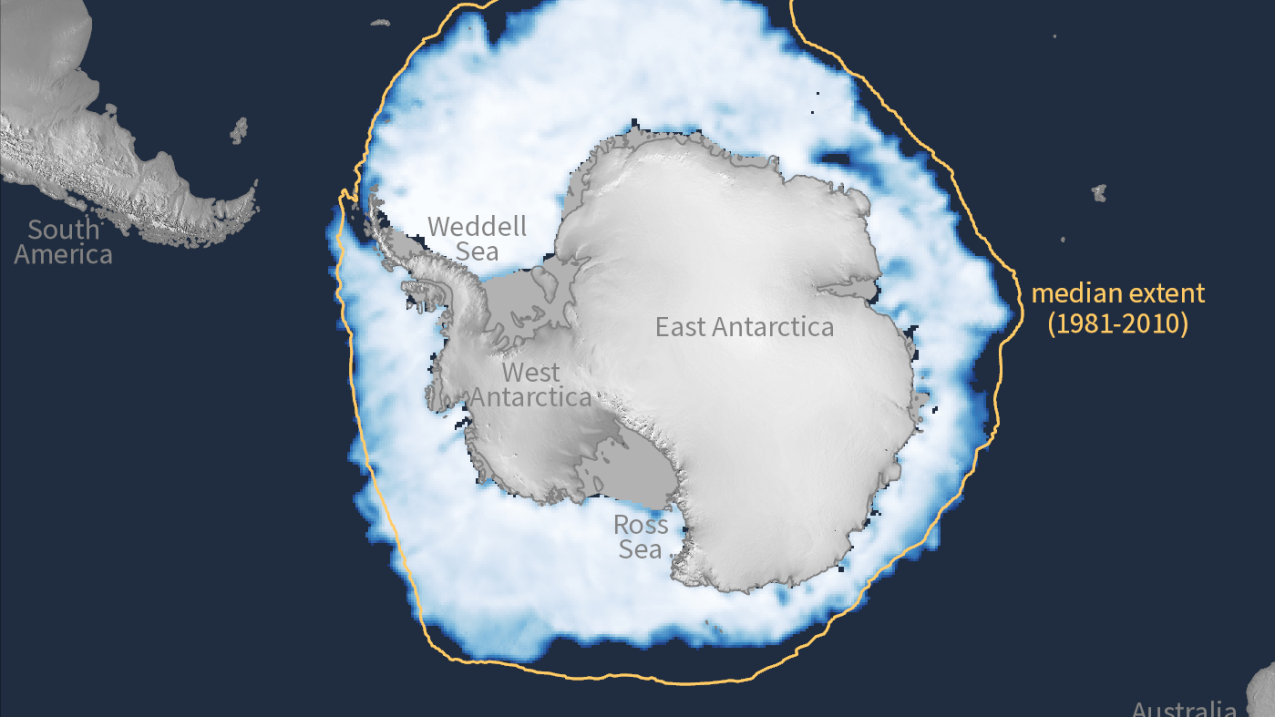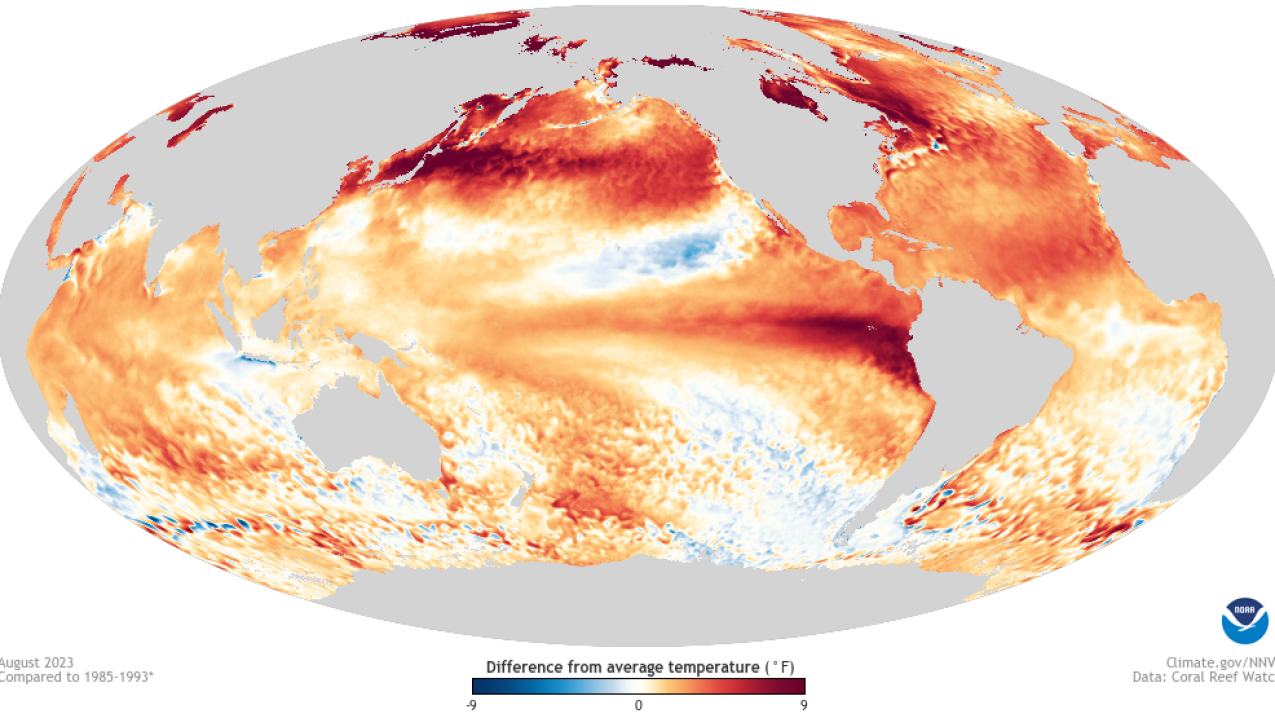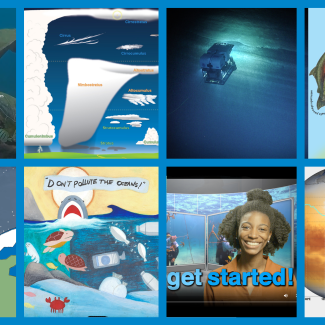#FallInLoveWithScience
It's fall in the Northern Hemisphere, and NOAA is here to celebrate! Check out our roundup of activities, educational resources, and demos that are sure to make you fall in love with science this season!
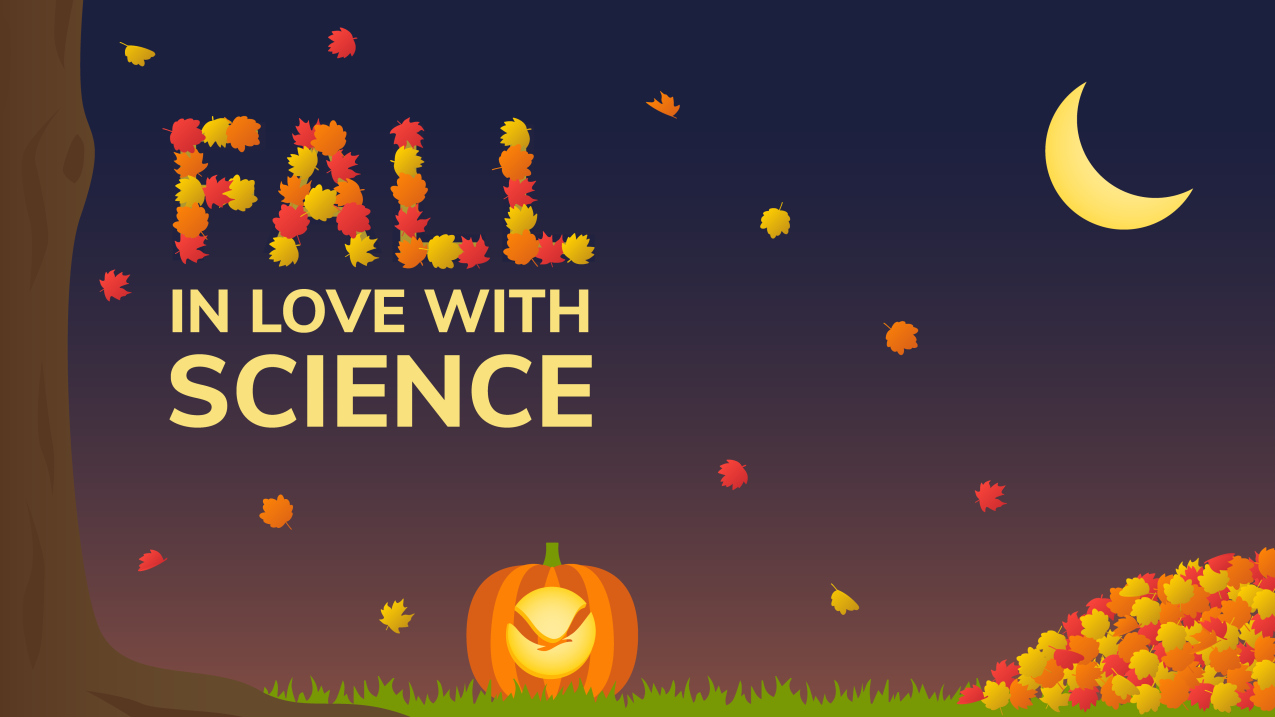
Carve out some time for fun
The answer is in their chirp! By counting the frequency of cricket chirps, you can estimate the temperature with arithmetic. Try it in your area!
Get spooky with NOAA Education's Halloween pumpkin carving templates!
Simmer, sizzle, and steep your favorite fall treats
Along with the potatoes, cranberry sauce, and stuffing, your kitchen has all the ingredients — air, water, and heat — to cook up a perfect scientific storm.
Follow along with us in October as we celebrate all things spooky, odd, and spine-tingling in the ocean and atmosphere with NOAA Spooky Science!
Sweater weather and seasonal shifts
Do you know the difference between meteorological and astronomical seasons? In the Northern Hemisphere, we’re ready for fall, but our friends in the Southern Hemisphere are welcoming spring.
The warming Arctic reveals shifting seasons, widespread disturbances, and the value of diverse observations.
The 2023 Antarctic sea ice maximum, which occurs in September, is lowest on record by a wide margin.
According to the September El Niño-Southern Oscillation (aka ”ENSO”) Outlook, El Niño is expected to stick around (with greater than a 95% chance) at least through January-March 2024.
Be Weather-Ready for fall
Know your risk, take action, and be a force of nature! The National Weather Service Fall Weather Safety presentation features tips for dealing with fall hazards.
Download fall safety infographics and share on your social networks.
Looking for even more resources? Check out our NOAA Sea to Sky resource database.



